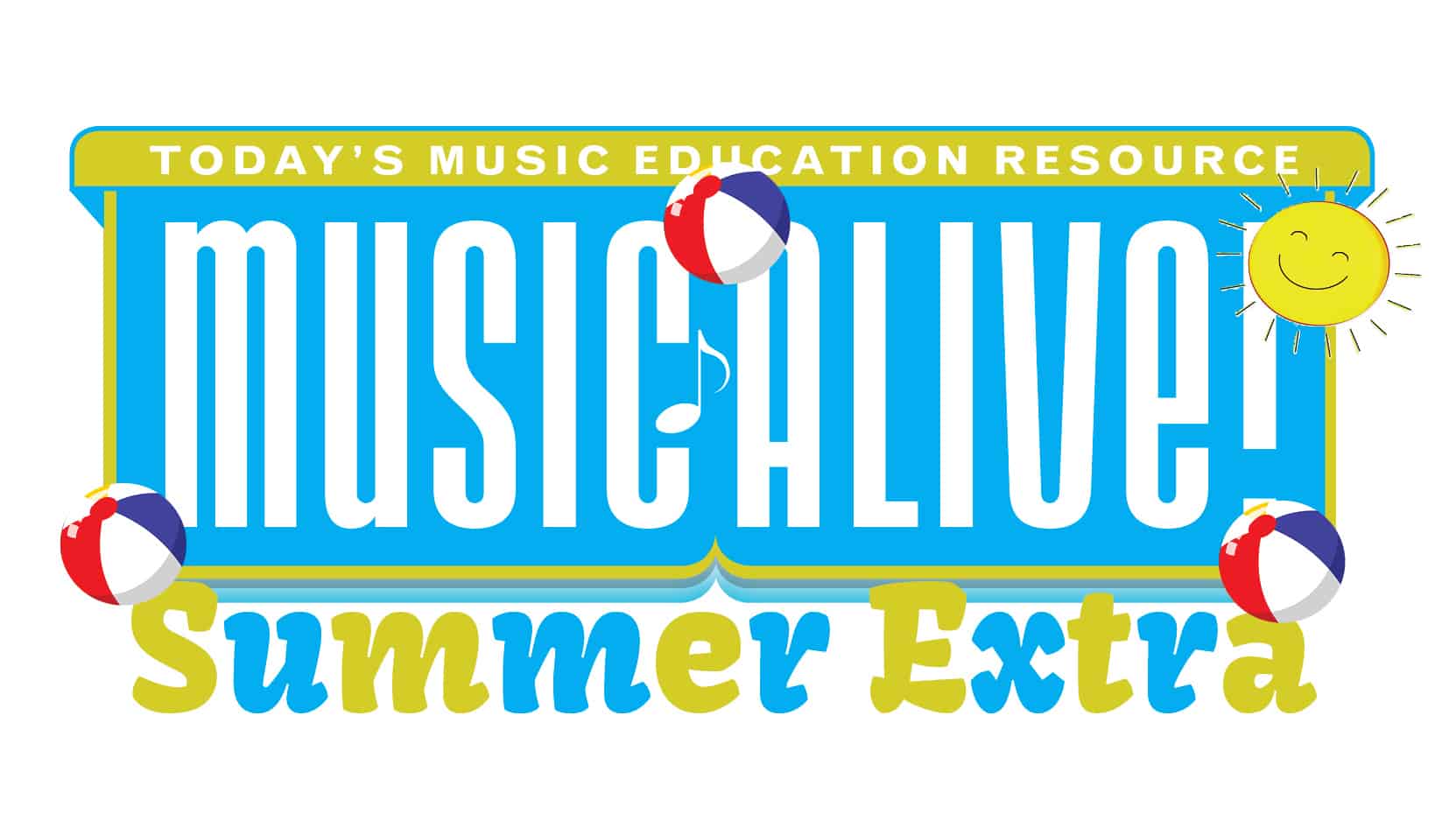Any break from the routine of teaching is an opportunity to review methods and materials, but it’s also a chance to consider personal policies and practices. One such practice is whether or not—and how—to protect your ears.

Etymotic’s MusicPRO electronic earplug in action
Some of us formed our opinions about this subject long ago, and have determined that wearing ear protection either impairs our ability to play music or is just too troublesome. If you share those conclusions, or even if you and your students are already using hearing protection in the classroom or on the field, here’s a refresher on hearing health and an update on some new solutions.
First of all, as with other maladies, no two people have the same susceptibility to hearing loss, so two people subjected to the same sound levels in the same environments over the same period can have different outcomes. Separately, no two ears are alike. Some big people have small ear canals and some small people have big ones. We’re all different.
That said, we know for a fact that hearing loss is cumulative, and that it is irreversible. We also know that, of all of the people in a band and orchestra classroom, the person most at risk for “noise-induced” hearing loss over time is the teacher. This is just simple math. While students are exposed to higher-than- normal sound pressure levels in a music room, they come and go, spending relatively short
periods there two or three days each week. The teacher is there all day, day in and day out, for years.
So, if you teach music ensembles, particularly in a room without acoustic treatment, you owe it to your older self to protect your hearing. But insisting that your students do so as well does two things. First, it raises awareness of hearing issues, setting a healthy course for young people who will inevitably find themselves in high-volume musical (as well as work and life) situations. Second, if your students play in any extracurricular ensembles, it will serve them well to keep their ears protected.
Where to start? Take a look at the “Generation Hear” video available on etymotic.com. Lots of companies make earplugs, and fitted properly, any one of them is better than none in high volume. However, Etymotic does offer a state-of-the-art static earplug (the ER20), they’ve got a great “adopt-a- band” program that includes educational materials, and they have a unique electronic earplug called the
MusicPRO that, while pricey, is ideal for music educators. It senses sound levels and either amplifies them, attenuates them in high noise, or lets them pass through untouched. The best thing about the MusicPROs is that you don’t have to take them out to hear perfectly at all times.
Don’t let your marching band turn “bell to ear” or conduct for hours in a reverberant room at 100 dB without hearing protection. This year, give your students the gift of a hearing health education; make sure that they’re protecting their ears, and that you do the same. Your older self will thank you some day.
>> Next: Focus on Field Trips
<< Previous: Sound Investments


